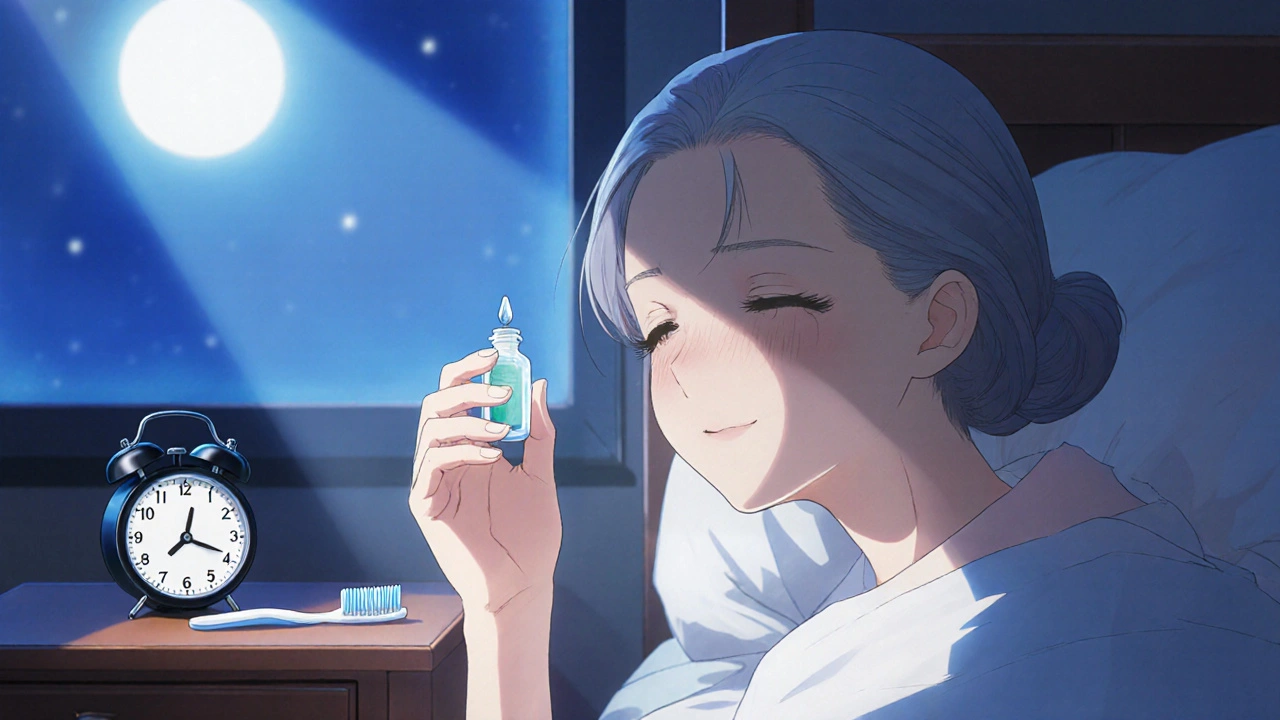IOP Reduction: How Medications and Lifestyle Lower Eye Pressure
When your intraocular pressure, the fluid pressure inside your eye. Also known as IOP, it stays too high for too long, it can quietly damage your optic nerve—leading to permanent vision loss. This is the core problem behind glaucoma, and IOP reduction isn’t just a goal—it’s the only proven way to slow or stop it. You won’t feel the pressure building, which is why regular checkups and smart treatment matter more than symptoms.
Lowering IOP isn’t one-size-fits-all. Some people respond best to eye drops like prostaglandin analogs or beta-blockers, while others need oral meds or even laser procedures. It’s not just about the drug—it’s about how it interacts with your body. For example, theophylline, a drug used for breathing conditions, can affect fluid dynamics in the eye, and anticoagulants, blood thinners used to prevent strokes, might change how your eye handles pressure during surgery. Even something as simple as caffeine or sleeping position can nudge IOP up or down. That’s why checking for drug interactions, when medications clash and cause unexpected side effects matters just as much as picking the right drop.
Many people think IOP reduction means taking meds forever. But it’s more than that. Losing weight, managing sleep apnea, and avoiding positions that push fluid into your eyes—like sleeping face-down—can cut pressure naturally. In fact, studies show that even a 5% drop in body weight can lower IOP enough to reduce medication needs. And if you’re on meds like steroids for skin or eye issues, you need to watch out: those can spike pressure without warning. The real power comes from combining treatments: drops for immediate control, lifestyle tweaks for long-term stability, and regular monitoring to catch changes before they hurt your sight.
What you’ll find below isn’t just a list of articles—it’s a practical toolkit. From how certain antibiotics affect eye pressure, to why your sleep apnea machine settings matter for your eyes, to how common painkillers and antidepressants might be quietly raising your IOP—you’ll see how everything connects. No fluff. No theory. Just real, actionable insights from people who’ve been there, and the science that backs it up.
Latanoprost improves glaucoma treatment by lowering eye pressure with just one daily drop, making it easier for patients to stick with their regimen. Its simplicity, effectiveness, and minimal side effects lead to higher compliance rates than older medications.

